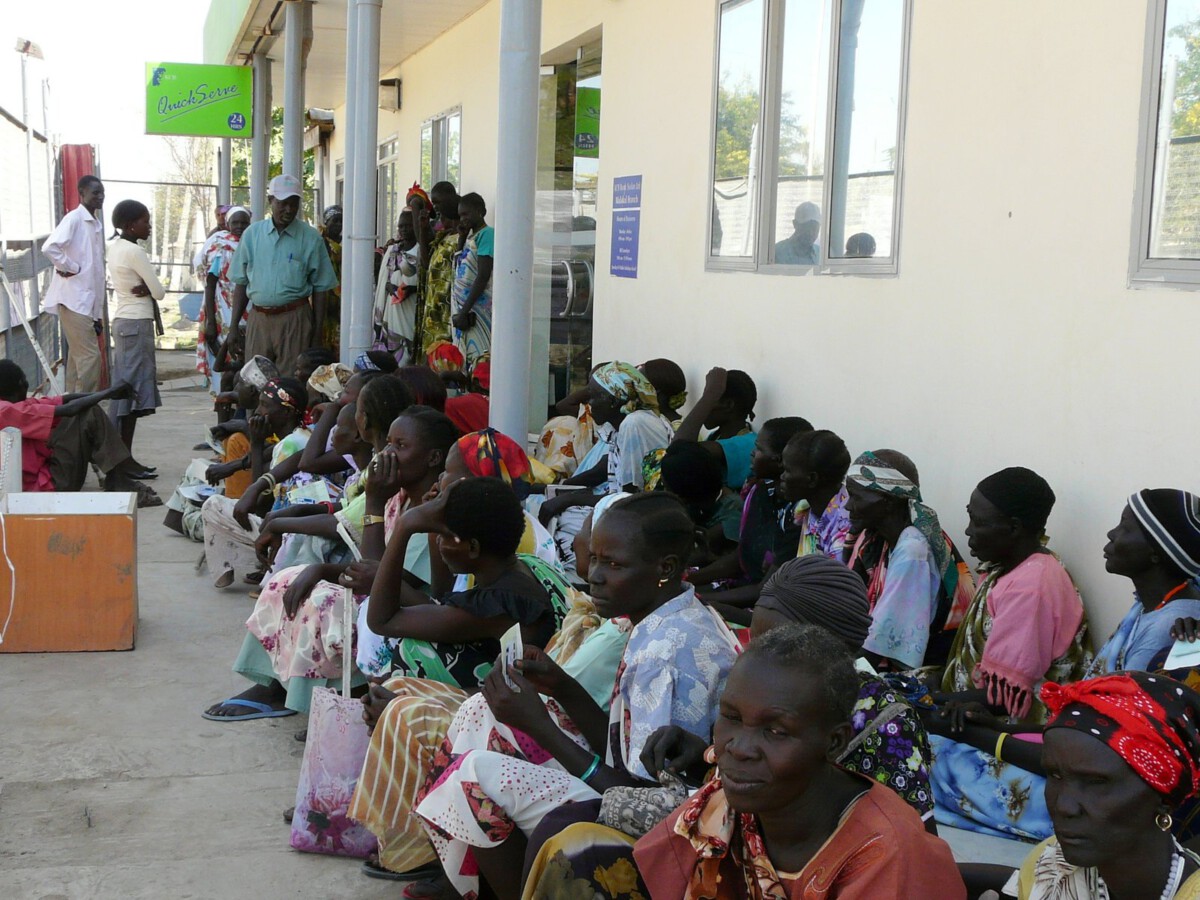A Shocking Enrollment Plunge Hits Home (Image Credits: Unsplash)
Empty lecture halls on bustling American campuses this autumn carry a quiet tension, as fewer accents from afar fill the air.
A Shocking Enrollment Plunge Hits Home
Picture this: over a million bright minds flock to the US each year for top-tier education, pumping billions into the economy. Yet, right now, that number is tumbling fast. Experts point to stricter visa rules under the current administration as the main culprit, creating barriers that keep talented students away.
The fallout? Universities are scrambling. From Ivy Leagues to state schools, budgets built on international tuition are cracking. It’s not just numbers; it’s a hit to innovation and cultural exchange that these schools thrive on.
Recent reports show arrivals dropped nearly 20% in August alone, the steepest since the pandemic shook things up. This isn’t a blip – it’s a trend signaling deeper worries for higher education.
Visa Hurdles Turning Dreams into Nightmares
Getting a student visa used to feel like a challenging but doable step. Now, with heightened screenings and delays, it’s become a gauntlet. Applicants wait months for interviews, only to face denials over minor issues or shifting policies.
International students often cover full costs upfront, making them a lifeline for many institutions. But when visas get revoked or approvals slow to a crawl, those spots go empty. The uncertainty alone is pushing families to look elsewhere, like Canada or Australia, where doors feel wider open.
One key change? Expanded vetting for certain countries, leading to a surge in rejections. This isn’t abstract – it’s real families rethinking life plans and schools losing out on diverse perspectives.
Who’s Feeling the Pinch the Most?
Asia bears the brunt, with major sending nations seeing massive dips. India, a powerhouse for US enrollments, reports a 46% drop in new arrivals. China follows close, down 26%, shaking the foundations of programs reliant on these groups.
Smaller countries aren’t spared either. Overall, postgraduate applications fell 13% for the coming year, per surveys. This mosaic of declines paints a picture of a system under strain, where even elite programs struggle to fill seats.
- India: Sharpest fall at 46%, hitting STEM fields hard.
- China: 26% decline, affecting business and tech enrollments.
- Other regions: Up to 20% global drop, with Africa and the Middle East also lagging.
- Impact on US: Lost revenue tops billions, plus fewer future innovators.
Universities Scramble to Adapt
College leaders aren’t sitting idle. Some are ramping up virtual outreach to lure students early, while others lobby for policy tweaks. Still, the damage mounts – dorm fees unpaid, research labs short-staffed.
Financial models that counted on foreign tuition for scholarships and facilities now falter. Public universities, often hit hardest, face tough choices like program cuts or higher fees for everyone. It’s a ripple effect touching faculty hires and campus vibrancy.
Yet, hope flickers. A few schools report slight upticks by offering more aid or clearer guidance on visas. But for most, it’s an uphill battle against a tide of restrictions.
The Bigger Picture: Economy and Innovation at Risk
Beyond campuses, this enrollment slide threatens the broader US edge. International grads often stay, fueling tech hubs and startups. With fewer coming, companies eye talent shortages down the line.
Economists warn of a $40 billion hit if trends hold. Think Silicon Valley without its global mix or universities without fresh ideas sparking breakthroughs. Policies aimed at security might unintentionally dim America’s brightest light.
| Aspect | Pre-2025 Impact | Current Trend |
|---|---|---|
| Enrollment Numbers | Over 1 million annually | Down 15-20% in key months |
| Economic Contribution | $40+ billion yearly | Potential multi-billion loss |
| Top Countries Affected | India, China lead | 46% and 26% drops respectively |
Looking Ahead: Can the Tide Turn?
As debates rage in Washington, the question lingers – will flexibility return to visa processes? Some advocate for targeted reforms to balance security with openness, preserving the US as a beacon for learners worldwide.
For now, the decline underscores a tough reality: in a connected world, walls can backfire. Universities might pivot to domestic growth or hybrid models, but the global pull that defined American higher ed feels strained.
Key Takeaways:
- Visa delays and denials are the primary drivers of the enrollment drop.
- Asia’s major contributors like India and China are hit hardest, with 40%+ declines.
- Long-term risks include economic losses and weakened innovation pipelines.
In the end, this isn’t just about numbers – it’s about the future of ideas crossing borders. What steps could reverse this slide and keep US campuses buzzing with worldwide talent? Share your thoughts in the comments.







